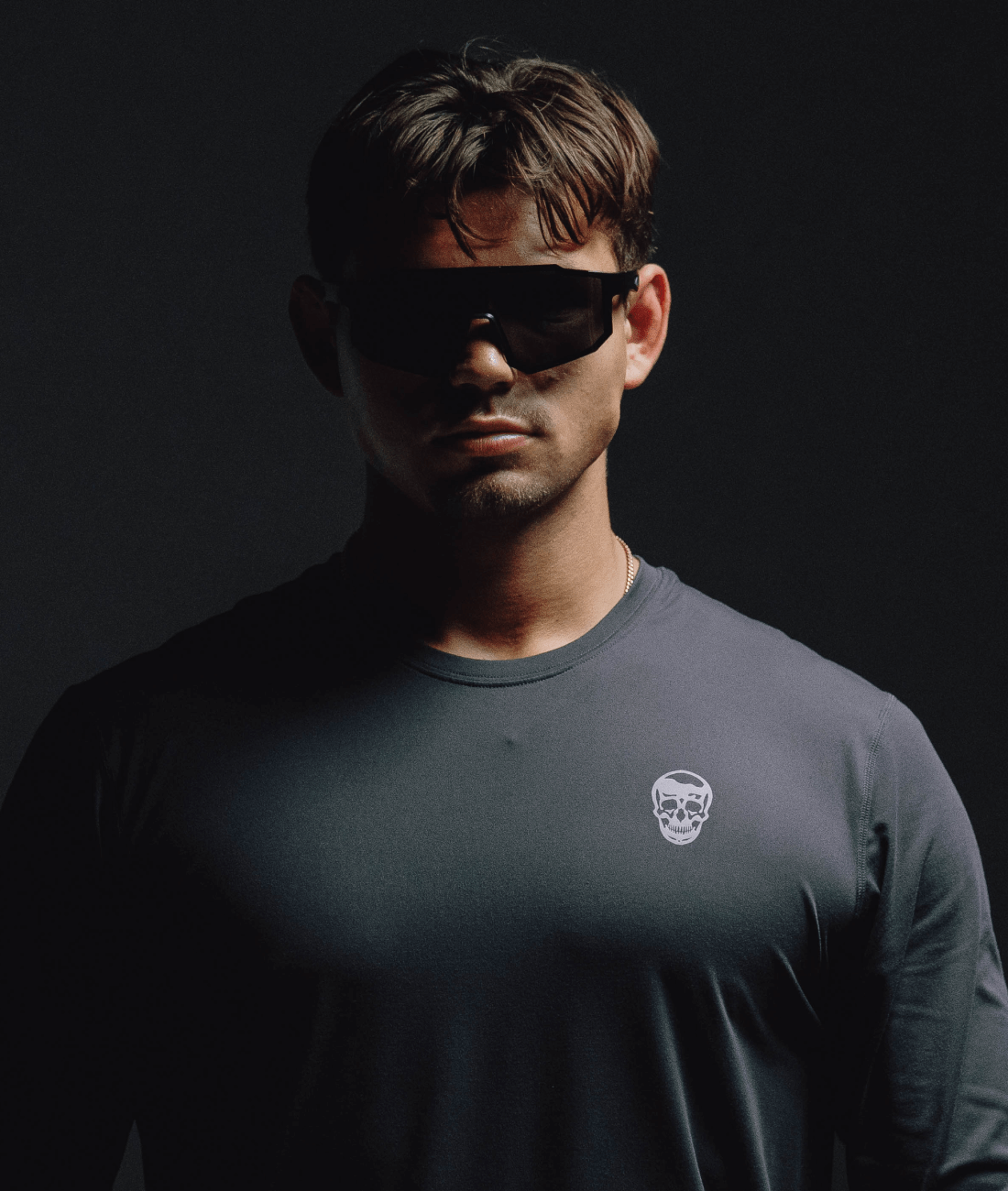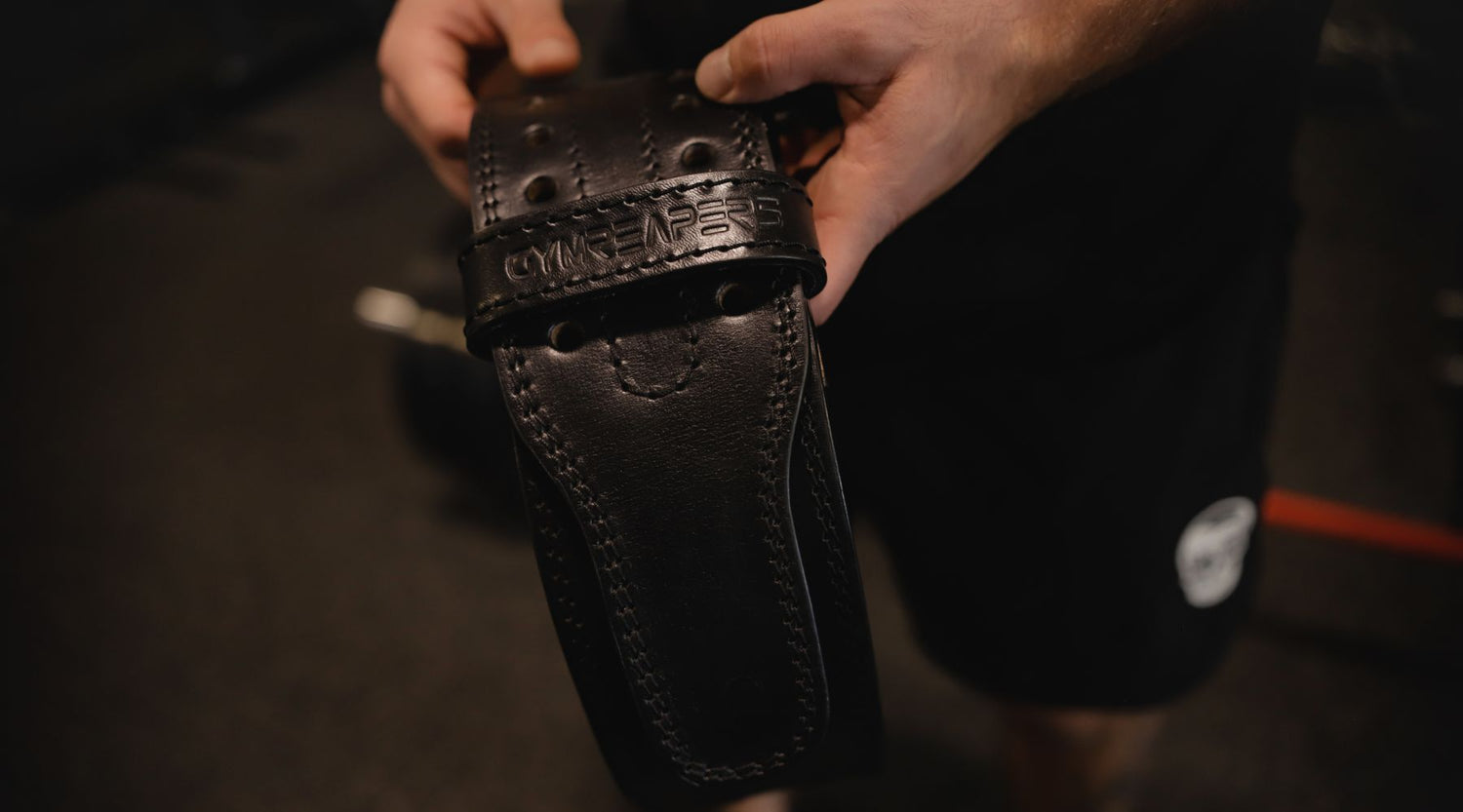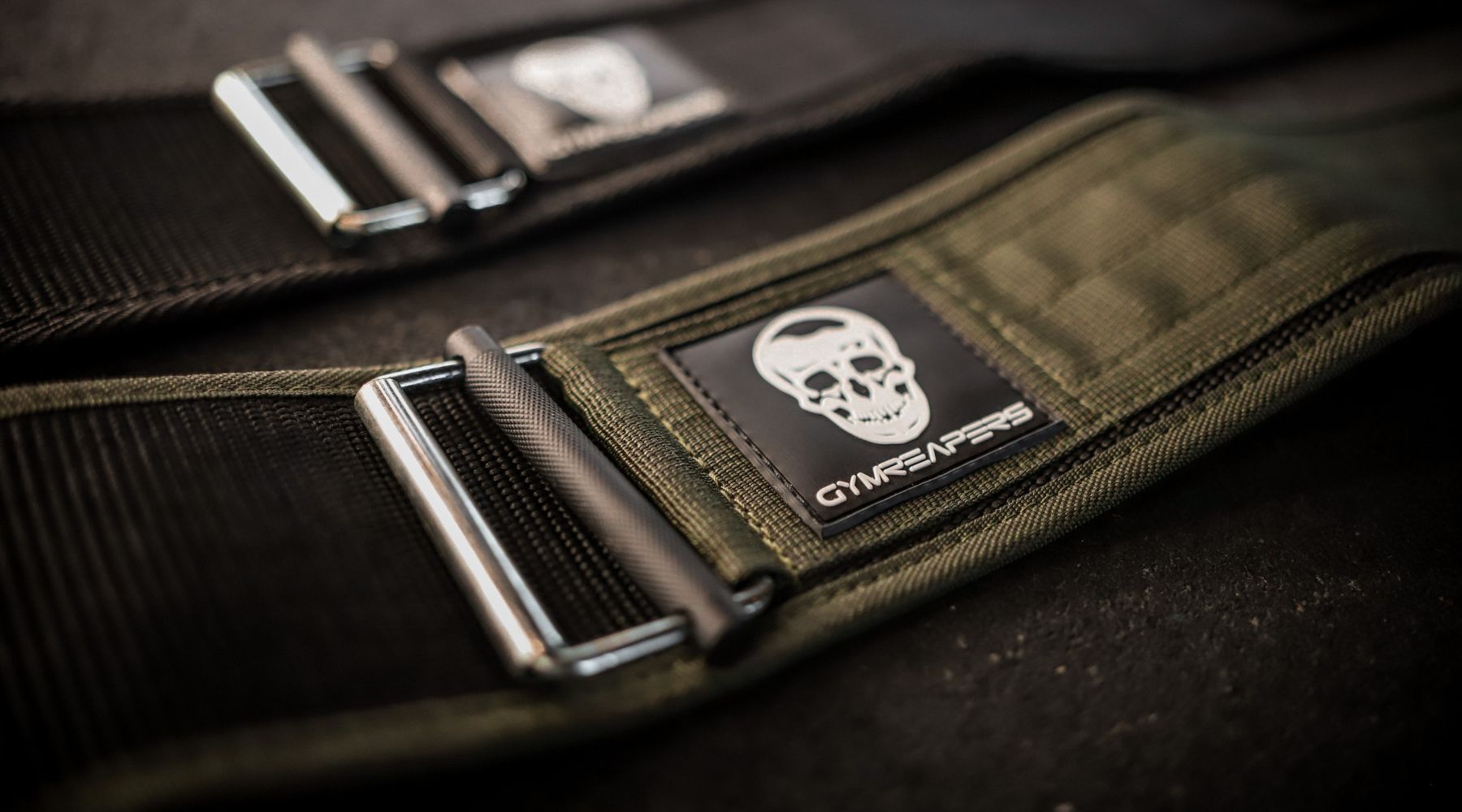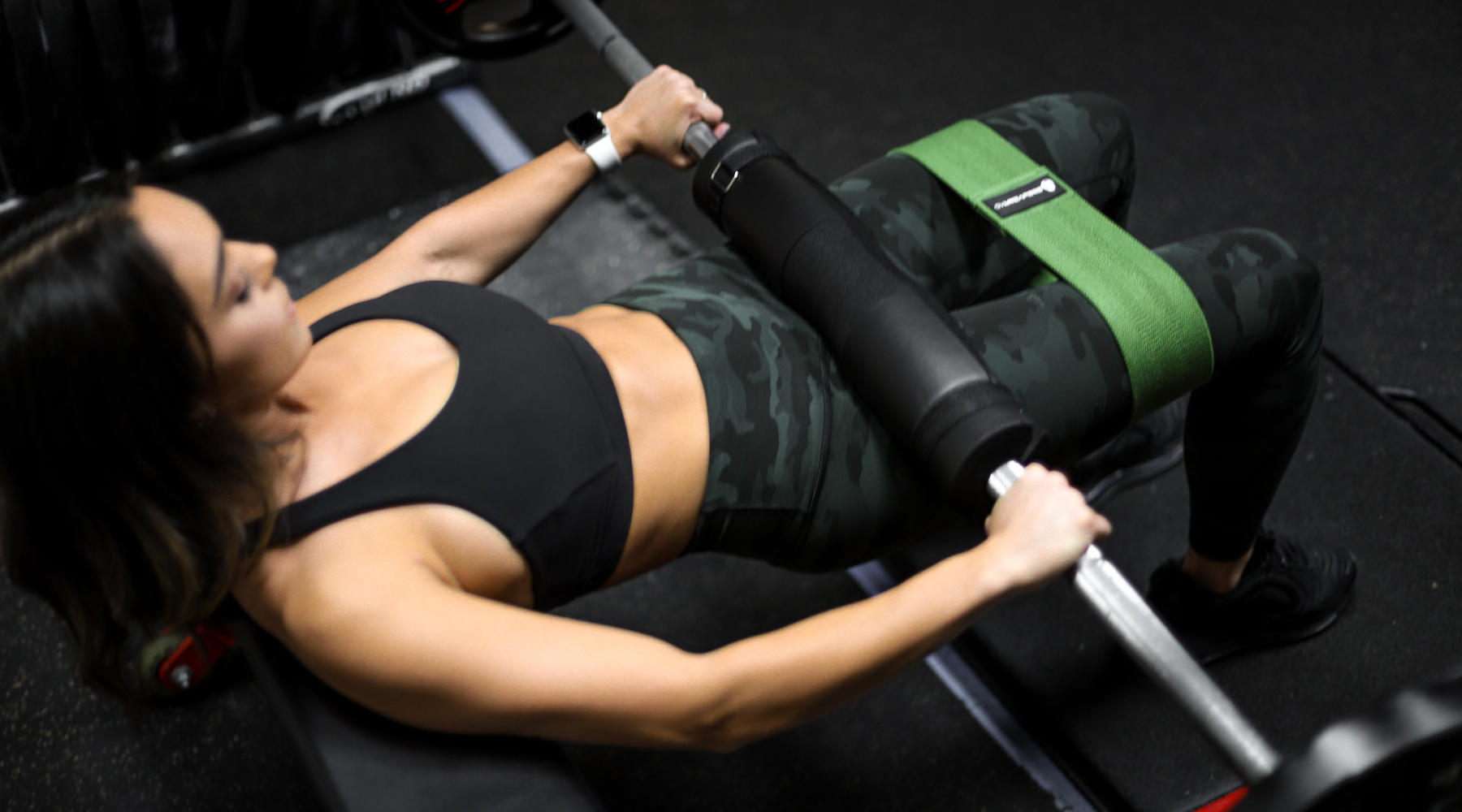One of the biggest questions I had before my first time flying for a powerlifting competition was:
Can I actually bring my lifting belt with me on the plane?
After scouring the internet, and talking with more experienced competitors, I learned that the answer is: yes.
You can absolutely bring your lifting belt on a plane as a carry-on item. Not only is this allowed by all major flight carriers, but it’s also my recommendation that if you are traveling for a competition you should only consider taking it as a carry-on. This way, you mitigate the risk if your luggage gets lost.
That being said, there are still some steps that I suggest taking before you bring your lifting belt with you on your travels.
Below, I will talk about who to check with ahead of time, what you should expect when you bring your belt through security, and how different airlines have different policies around lifting belts and sports equipment.
Key Takeaways
- While you should still check with the airline ahead of time, almost all airlines allow lifting belts to be included in your carry-on baggage on the plane.
- Minimize risk if you can and never place your lifting belt in checked baggage. Always include it in your carry-on, especially if you are traveling to compete.
- Be prepared to talk about your belt. People can be curious, and there is a high likelihood that having your belt while traveling will spark some conversations at security.
Airline Policies For Lifting Belts

Below is a table that compiles 10 of the most prominent airlines in North America, and any special information they have regarding traveling with lifting belts.
|
AIRLINES |
LIFTING BELT? |
NOTES |
|
Delta Air Lines |
Yes |
Delta allows for 1 carry on and 1 personal item. Lifting Belts are not within their definition of “sporting equipment” as a special item, so normal baggage handling policies will apply. |
|
JetBlue |
Yes |
JetBlue also provides for 1 carry on and 1 personal item. Lifting belts fit within these size parameters, and are not specifically prohibited. |
|
Alaska Airlines |
Yes |
Lifting Belts can be checked or included in your carry on. |
|
United Airlines |
Yes |
Lifting Belts are not included as sports equipment, so normal checked and carry on rules apply for baggage. |
|
Hawaiian Airlines |
Yes |
Can be checked or included in carry-on baggage or as a personal item. |
|
American Airlines |
Yes |
Can be checked or included in carry-on baggage or as a personal item. |
|
Southwest Airlines |
Yes |
Can be checked or included in carry-on baggage or as a personal item. |
|
Allegiant Air |
Yes |
You can either check your lifting belt, or include it as your personal item. Carry-on baggage comes at an extra fee with Allegiant. |
|
Air Canada |
Yes |
Can be checked or included in carry-on baggage or as a personal item. |
|
WestJet |
Yes |
Can be checked or included in carry-on baggage or as a personal item. |
3 Rules To Follow To Bring A Lifting Belt On A Plane
Check with the Airline Ahead of Time
My biggest recommendation when you are preparing to travel with your lifting belt is to always check with your airline of choice ahead of time.
Most airlines have plenty of information related to baggage and frequently asked questions plastered all over their websites.
You should be able to find any requirements that your airline may have regarding checked bags vs carry-on items, and even information about whether or not your lifting belt may be classified as a special item or a piece of sporting equipment.
If you are unable to find information, or don’t feel incredibly confident about your situation, then make sure to contact the airline’s customer support.
Sending a quick email, or chatting on the phone with a representative is an easy way to get to the bottom of any question you may have.
Make Sure Your Belt Fits in Your Carry-on Bags
I always recommend traveling with your lifting belt as a piece of your carry-on baggage, if you have the choice.
Most airlines allow you to include your lifting belt in your checked bags; however, this comes with so many more risks.
Checked bags can get damaged, lost, or delayed, which can all cause plenty of problems if you are aiming to use your lifting belt quickly once you get to your destination.
Due to this, I always include my belt as a piece of my carry-on.
Just remember to make sure that whatever bag you carry your belt in can fit under your seat or in the overhead storage bin, even when it is fully packed.
Get Ready for Questions from Curious Staff Members or Other Travelers
Finally, if your experience is anything like my own, you should get ready for plenty of questions from curious airline staff members or other travelers.
Strength sports and training at the gym is getting more popular every year, but it is still fairly uncommon to see people traveling with heavy duty gym equipment at the airport.
People may ask you questions like what sport you play, why you have your belt, how it helps you, or why you need it with you instead of as a checked bag.
These questions may get old over time, but I always take it as an opportunity to grow knowledge of my sport (powerlifting) and educate people on my specific belt and the benefits it gives me.
What To Expect When Bringing Your Lifting Belt Through Airport Security

Before Heading to the Airport
Similar to my advice with the airlines, I highly recommend that you check in with the airport security organization ahead of time.
Typically, these organizations have very similar rules to the airlines themselves (so that customers don’t get confused), but you can still check out their websites to make sure that your belt will make it to your destination with you.
As an example, I highly recommend that any American travelers go to the TSA homepage.
Right in the upper right-hand corner of the homepage, you can locate a prompt that says “What Can I Bring?”.
Clicking on these words then brings you to a page where you can actually search to see if your item can be checked or brought on as carry-on baggage.
At the Airport
Once you have done your research and have made it to the airport, you can treat your lifting belt like any other personal belongings inside of your bag.
Personally, I like to take my belt out of the bag and put it in a separate tray with my shoes and some other belongings when my items go through their screening.
This seems to convey that I am very open about my possessions, and leads me to getting stopped and questioned less frequently.
TSA agents, or other airport security organizations, are looking for potential threats.
Even though you would not think of your belt as threatening (and they are certainly not prohibited), some agents may voice concerns, or at least ask some clarifying questions as to what the purpose of your belt is.
Remembering this, and the fact that most agents are allowed to use their discretion when allowing items to pass through security, means that you should always be prepared for some small talk and curious questions about your lifting belt, even if it is just to put someone else at ease.
If You’re Traveling For A Competition, Here’s My Advice
If you are traveling for a competition, your carry on should always include everything that you need for the lifting platform, including your belt.
This is just best practice so that you can minimize the risk of potential damage that could happen to you if your bags are lost. I cannot think of anything worse than flying for a competition, and a crucial piece of equipment gets delayed or lost as a result of checked baggage.
That said, you may be in a situation where you have to do some strategic packing. Maybe you can only fit some of your competition items in a carry-on bag, and the rest has to be checked.
If that is the case, I recommend placing your least replaceable items in your carry-on.
For me, as a powerlifter, that will be my belt and my shoes.
Ideally, I can bring my singlet, socks, knee sleeves, and other clothing items in my carry-on too, but I know that in the worst-case scenario, many of those items are sold at the meets I attend and I can replace them.
The same is not true for my own personal belt that I have broken in and molded to my body.
I am a firm believer in controlling as many variables as you can, and I will personally never leave my competition equipment in the hands of someone else to make sure that it gets there on time.












Leave a comment
All comments are moderated before being published.
This site is protected by hCaptcha and the hCaptcha Privacy Policy and Terms of Service apply.